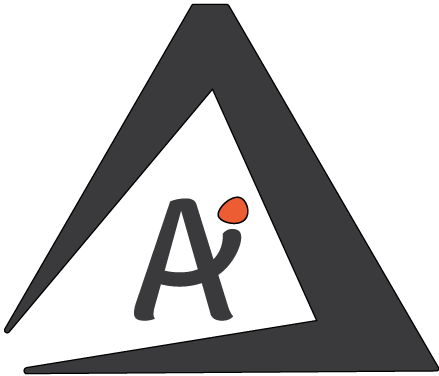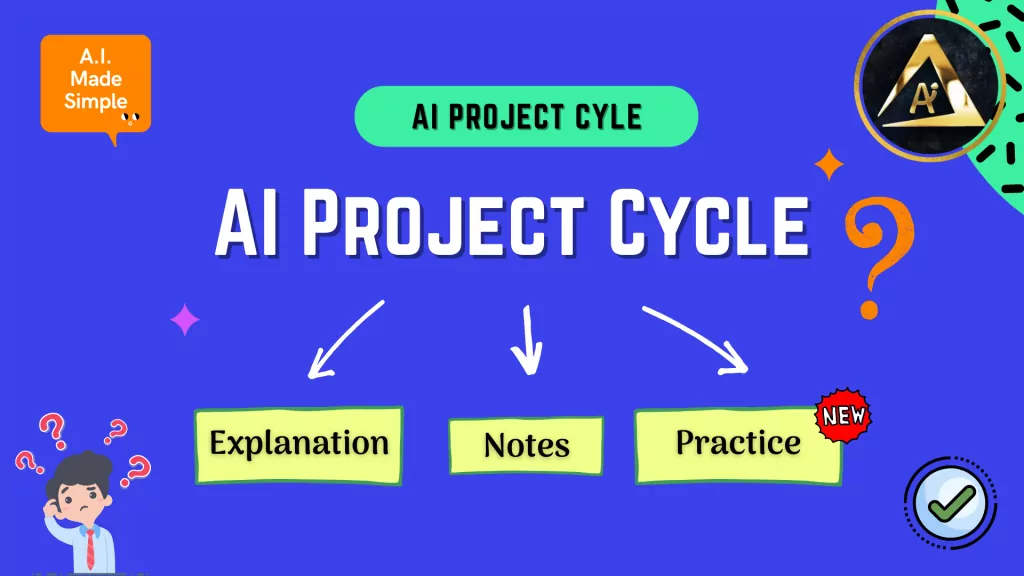Project Cycle Glossary Class 10
Table of Content
hideAI Project Cycle Complete Notes Pdf (Download)
Open Project Cycle Notes Class 10Practice 100+ Mcqs + Assertion-Reason + Competency-Based Questions on Project Cycle at Practice Questions Page
Project Cycle Overview
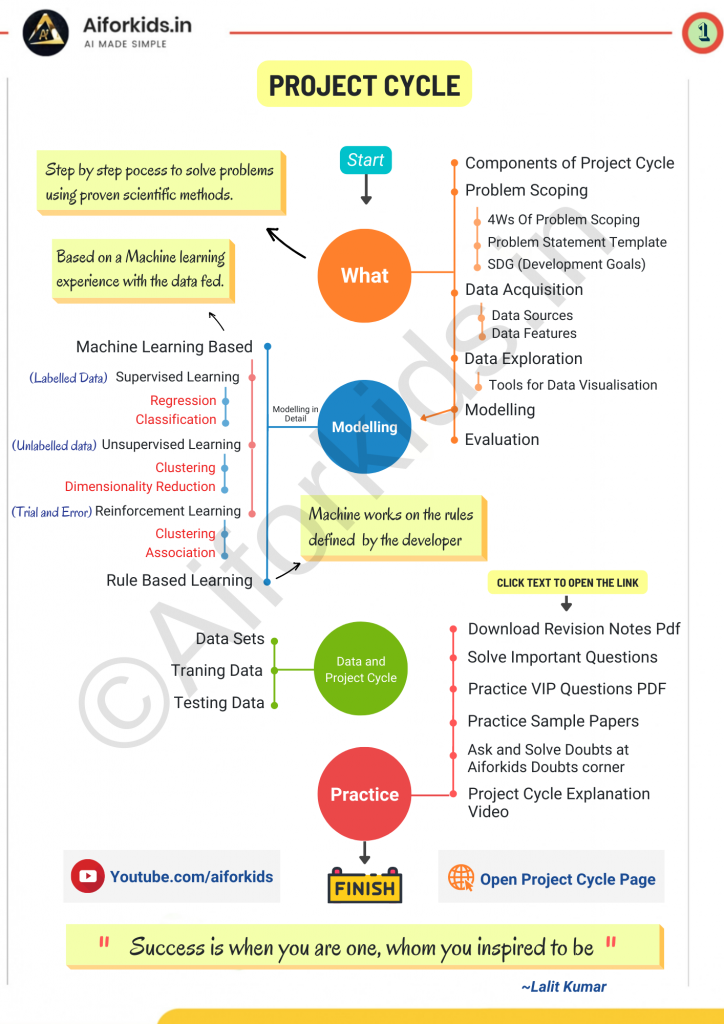
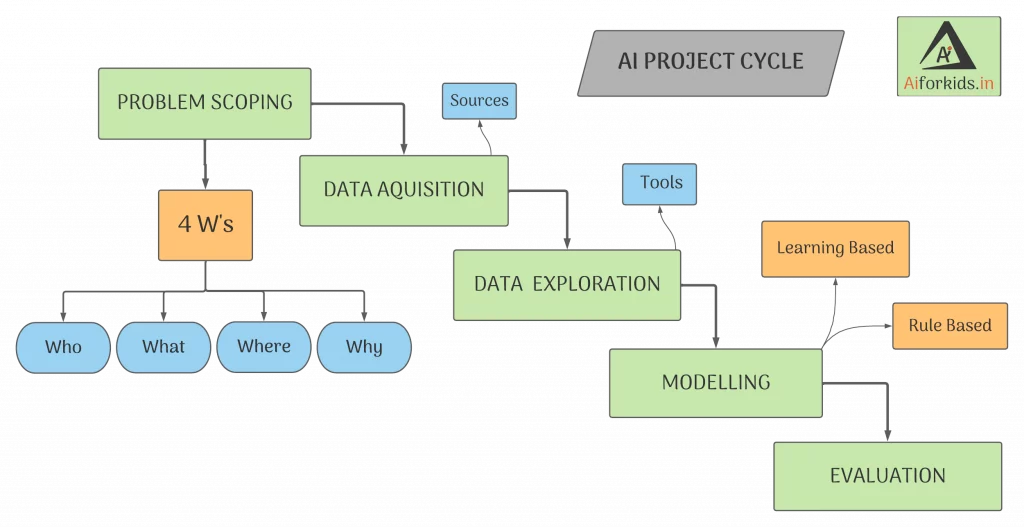
What is Project Cycle ?
In earlier classes, we have studied about Water Cycle, etc. In the Water-Cycle, we studied that how is the journey of water carried out from one step to another till the end.
Like that in Project Cycle, we are going to deal with the steps involved in creating a project, starting from the given problem till the project is created and tested.
Project Cycle is a step-by-step process to solve problems using proven scientific methods and drawing inferences about them.
Let us take some daily examples as projects, requiring steps to solve the problem.
Making Tea
- Boil Water .
- Put Tea Powder
- Put Milk
This was a simple one which was only consisting exploring the items and modeling them into tea. Let’s see one more example:
Creating a birthday card.
- Checking the factors like budget,etc Which will help us decide the next steps and understanding the Project.
- Acquiring data from different sources like online, with friends etc for Designs and ideas.
- Making a list of the gathered data.
- Creating or Modelling a card on the basis of the data collected.
- Showing it to Parents or cousins to Let them check it or evaluate it.
Components of Project Cycle
Components of the project cycle are the steps that contribute to completing the Project.
Components of the AI Project Cycle :
| Problem Scoping | Understanding the problem |
| Data Acquisition | Collecting accurate and reliable data |
| Data Exploration | Arranging the data uniformly |
| Modelling | Creating Models from the data |
| Evaluation | Evaluating the project |
Problem Scoping
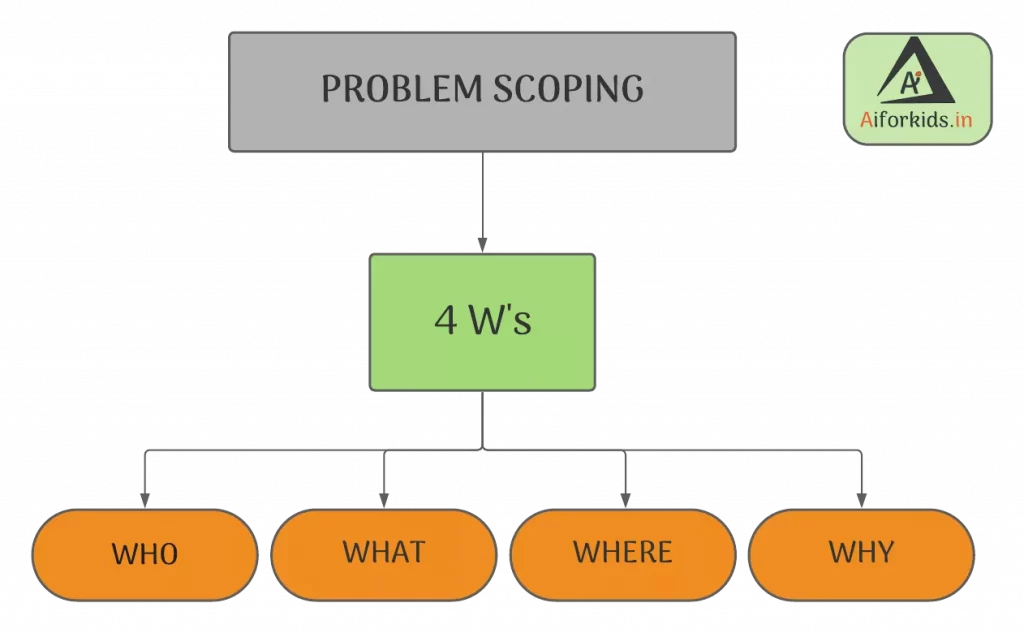
Problem Scoping refers to understanding a problem finding out various factors which affect the problem, define the goal or aim of the project.
4Ws Of Problem Scoping
The 4W’s of Problem Scoping are Who, What, Where, and Why. This Ws helps in identifying and understanding the problem in a better and efficient manner.
1. Who – “Who” part helps us in comprehending and categorizing who all are affected directly and indirectly with the problem and who are called the Stake Holders
2. What – “What” part helps us in understanding and identifying the nature of the problem and under this block, you also gather evidence to prove that the problem you have selected exists.
3. Where – “Where” does the problem arise, situation, and location.
4. Why – “Why” is the given problem worth solving.
Problem Statement Template (PST)
The Problem Statement Template helps us to summarize all the key points into one single.
Template so that in the future, whenever there is a need to look back at the basis of the problem, we can take a look at the Problem Statement Template and understand the key elements of it.
Data Acquisition
Data Acquisition is the process of collecting accurate and reliable data to work with. Data Can be in the format of the text, video, images, audio, and so on and it can be collected from various sources like interest, journals, newspapers, and so on.
Data Sources
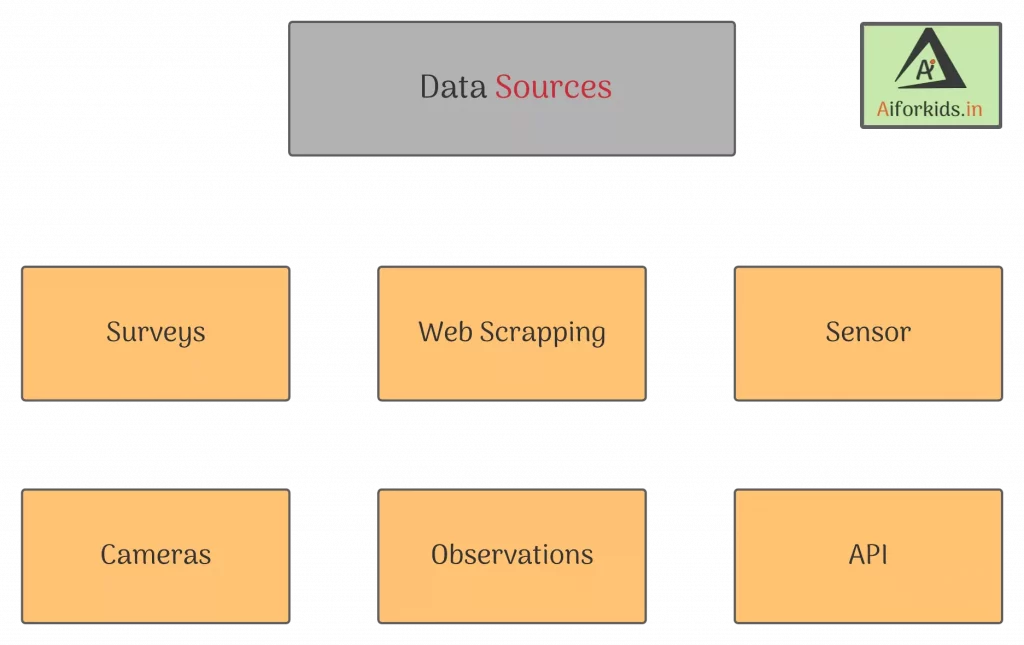
Surveys
hide- Survey is one of the method to gather data from the users for the second stage of ai project cycle that is data acquisition.
- Survey is a method of gathering specific information from a sample of people. for Example a census survey is conducted every year for analyzing the population.
- Surveys are conducted in particular areas to acquire data from particular people.
Web Scraping
hide- Web Scraping means collecting data from web using some technologies.
- We use it for monitoring prices, news and etc.
- For example using Programming we can Do webscrapping. using beutiful soup in python. beutiful soup is a package in Python
Sensors
hide- Sensors are very Important but very simple to understand.
- Sensors are the part of IOT. IOT is internet of things.
- Example of IOT is smart watches or smart fire alarm which automatically detects wire and starts the alarm.. How does this happen, this happens when sensors like fire sensor sends data to the IOT or the smart alarm and if sensor detects heat or fire the alarm starts.
Cameras
hide- Camera captures the visual information and then that information which is called image is used as a source of data.
- Cameras are used to capture raw visual data.
Observations
hide- When we observe something carefully we get some information
- For example, Scientists take instects in observation for years and that data will be used by them . So this is a data source.
- Observations is a time consuming data source.
API
hide- API stands for Application Programming interface.
- Let us take an example to understand API: When you visit a restaurant and check the menu, and then you want to order some food, do you do to the kitchen and ask the cook to prepare food, no right. You ask the waiter for the order and then the waiter gives that order to the main kitchen area.
- So here waiter is a messenger which takes request and tells the kitchen what you wantand then the waiter responds you with the food
- Like that: API is actually a messenger which takes requests from you and then tells the system what you want and then it gives you a response.
- Now the response which it takes can be in json format or other formats..
- Well what is json .. it is just a format to store structured, object type data. Below is an example of JSON, for nerds.
{
"name":"Aiforkids",
"type":"Educational Site",
"URL":"aiforkids.in"
}
Data Exploration
Data Exploration is the process of arranging the gathered data uniformly for a better understanding. Data can be arranged in the form of a table, plotting a chart, or making a database.
If we simplify this Data Exploration means that the data which we collected in Data Acquisition, in Data Exploration we need to arrange it for example if we have data of 50 students in a class, we have their Mobile Number, Date of Birth, Class, etc.
In the process of data exploration, we can make a chart for that data in which all the names will be at one place and all the mobile numbers at one, etc.
Data Exploration or Visualization Tools

1. Google Charts
Google chart tools are powerful, simple to use, and free. Try out our rich gallery of interactive charts and data tools.
2. Tableau
Tableau is often regarded as the grandmaster of data visualization software and for good reason.
Tableau has a very large customer base of 57,000+ accounts across many industries due to its simplicity of use and ability to produce interactive visualizations far beyond those provided by general BI solutions.
3. FusionCharts
This is a very widely-used, JavaScript-based charting and visualization package that has established itself as one of the leaders in the paid-for market.
It can produce 90 different chart types and integrates with a large number of platforms and frameworks giving a great deal of flexibility.
4. Highcharts
A simple options structure allows for deep customization, and styling can be done via JavaScript or CSS. Highcharts is also extendable and pluggable for experts seeking advanced animations and functionality.
Modelling
Modelling is the process in which different models based on the visualized data can be created and even checked for the advantages and disadvantages of the model.
To Make a machine learning model there are 2 ways/Approaches Learning-Based Approach and a Rule-Based Approach.
Learning Based Approach
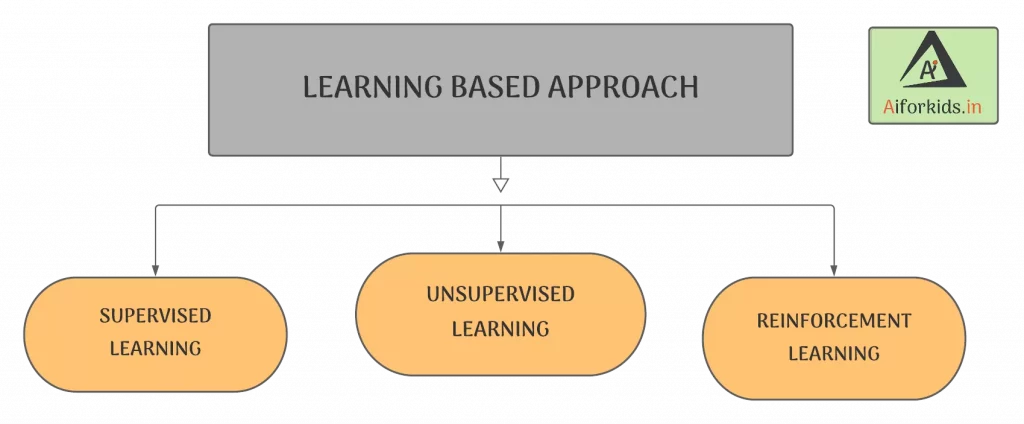
The learning-Based Approach is based on a Machine learning experience with the data fed.
Machine Learning (ML)
Machine learning is a subset of artificial intelligence (AI) which provides machines the ability to learn automatically and improve from experience without being programmed for it.
Types of Machine Learning
Machine learning can be divided into 3 types, Supervised Learning, Unsupervised Learning, and semi-supervised or Reinforcement Learning

Supervised Learning
Supervised learning is where a computer algorithm is trained on input data that has been labeled for a particular output.
For example a shape with three sides is labeled as a triangle, Classification and Regression models are also type of supervised Learning
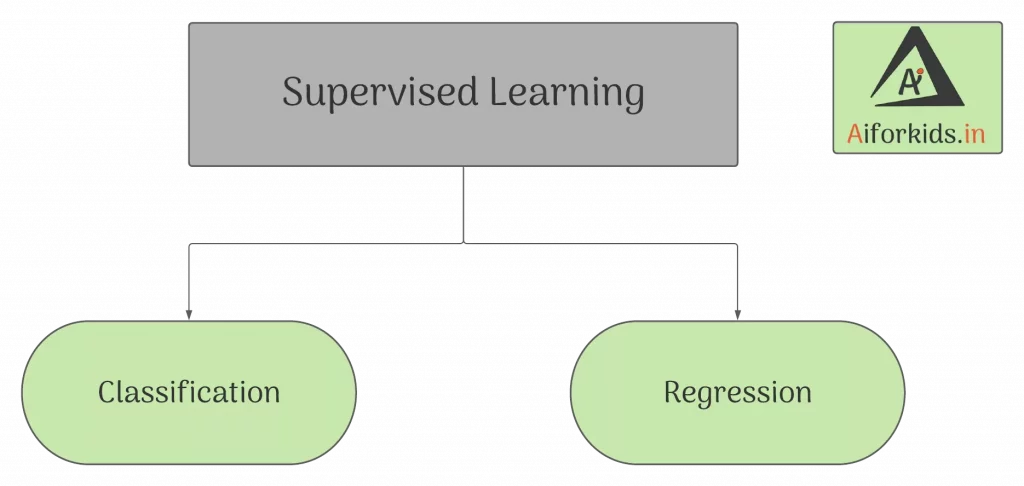
What is classification ?
Classification in which the algorithm’s job is to separate the labeled data to predict the output.
Example: to predict weather which of them is apple and pineapple.
What is Regression ?
Regression is a type of supervised learning which is used to predict continuous value.
Example: Regression is used to predict the weather. it is also used widely for weather forecasting.
Unsupervised Learning
In terms of machine learning, unsupervised learning is in which a system learns through data sets created on its own. In this, the training is not labeled.
Learning on its own is termed Unsupervised learning.
Basically, in unsupervised learning where the data is un-tagged or un-named, the machine creates a learning algorithm using its structural data-sets present in its input.
Example: Suppose a boy sees someone performing tricks by a ball, so he also learnt the tricks by himself. This is what we call unsupervised learning.
Reinforcement Learning
Learning through feedback or trial and error method is called Reinforcement Learning.
In this type of learning, The system works on Reward or Penalty policy. In this an agent performs an action positive or negative, in the environment which is taken as input from the system, then the system changes the state in the environment and the agent is provided with a reward or penalty.
The system also builds a policy, that what action should be taken under a specific condition.
Example: A very good example of these is Vending machines.
Suppose you put a coin (action) in a Juice Vending machine(environment), now the system detects the amount of coin given (state) you get the drink corresponding to the amount(reward) or if the coin is damaged or there is any another problem, then you get nothing (penalty).
Here the machine is building a policy that which drink should be provided under what condition and how to handle an error in the environment.

Rule Based Approach
- Rule Based Approach Refers to the AI modelling where the relationship or patterns in data are defined by the developer.
- That means the machine works on the rules and information given by the developer and performs the task accordingly.
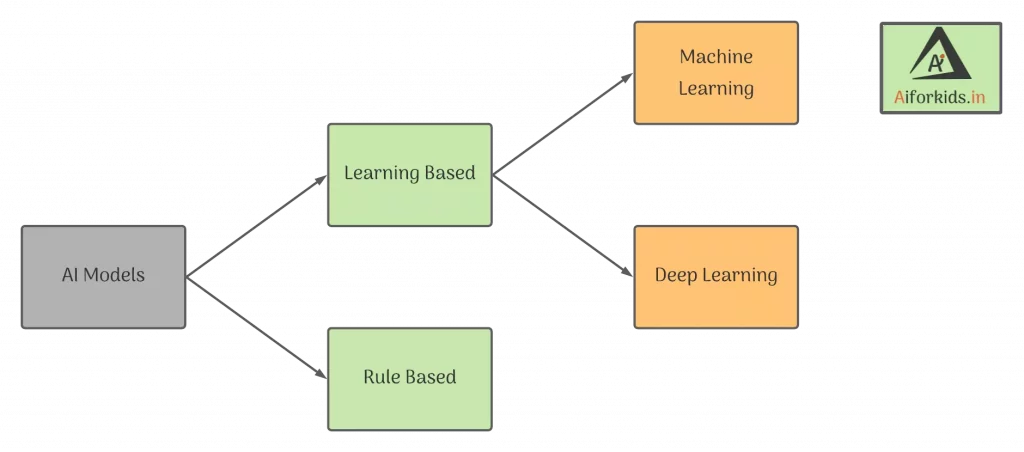
For example: Suppose you have a dataset containing 100 images of apples and bananas each. Now you created a machine using Computer-Vision and trained it with the labeled images of apples and bananas. If you test your machine with an image of an apple it will give you the output by comparing the images in its datasets. This is known as the Rule-Based Approach.
To know in detail visit Decision-tree
Datasets
Dataset is a collection of related sets of information that is composed of separate elements but can be manipulated by a computer as a unit.
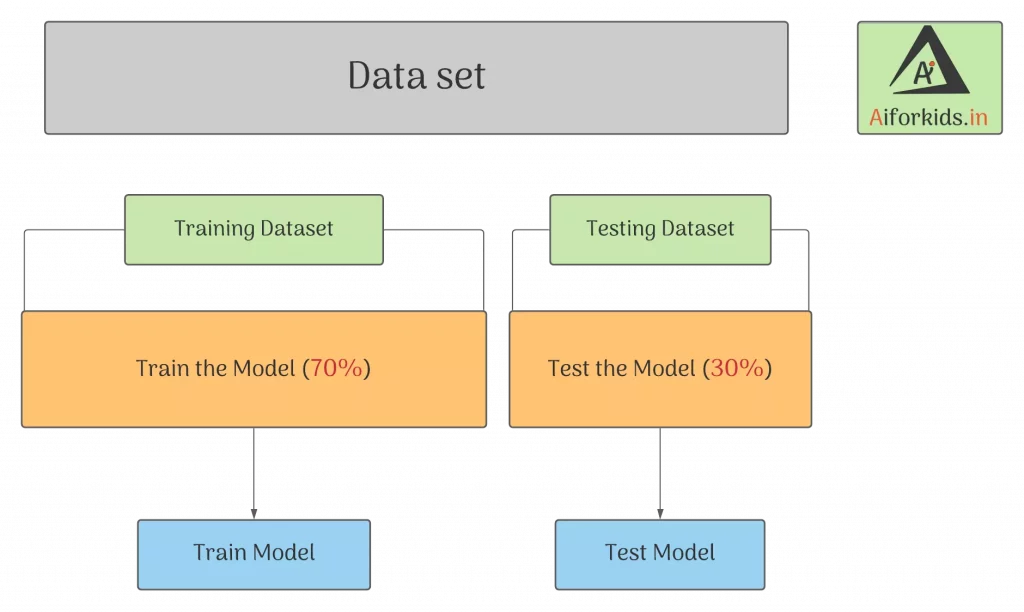
In the Rule-based Approach we will deal with 2 divisions of the dataset:
1. Training Data – A subset required to train the model
2. Testing Data – A subset required while testing the trained the model
Training vs Testing Data
| Base | Training Set | Testing Set |
| Use | Used for Training the Model | Used for Testing the Model after it is trained |
| Size | Is a lot bigger than testing data and constitutes about 70% to 80% | It is smaller than Training Set and constitutes about 20% to 30% |
Evaluation
Evaluation is the method of understanding the reliability of an API Evaluation and is based on the outputs which are received by feeding the data into the model and comparing the output with the actual answers.
API Stands for Application Programming Interface.
We Created one page just for Evaluation Class 10 Check the Article Below
